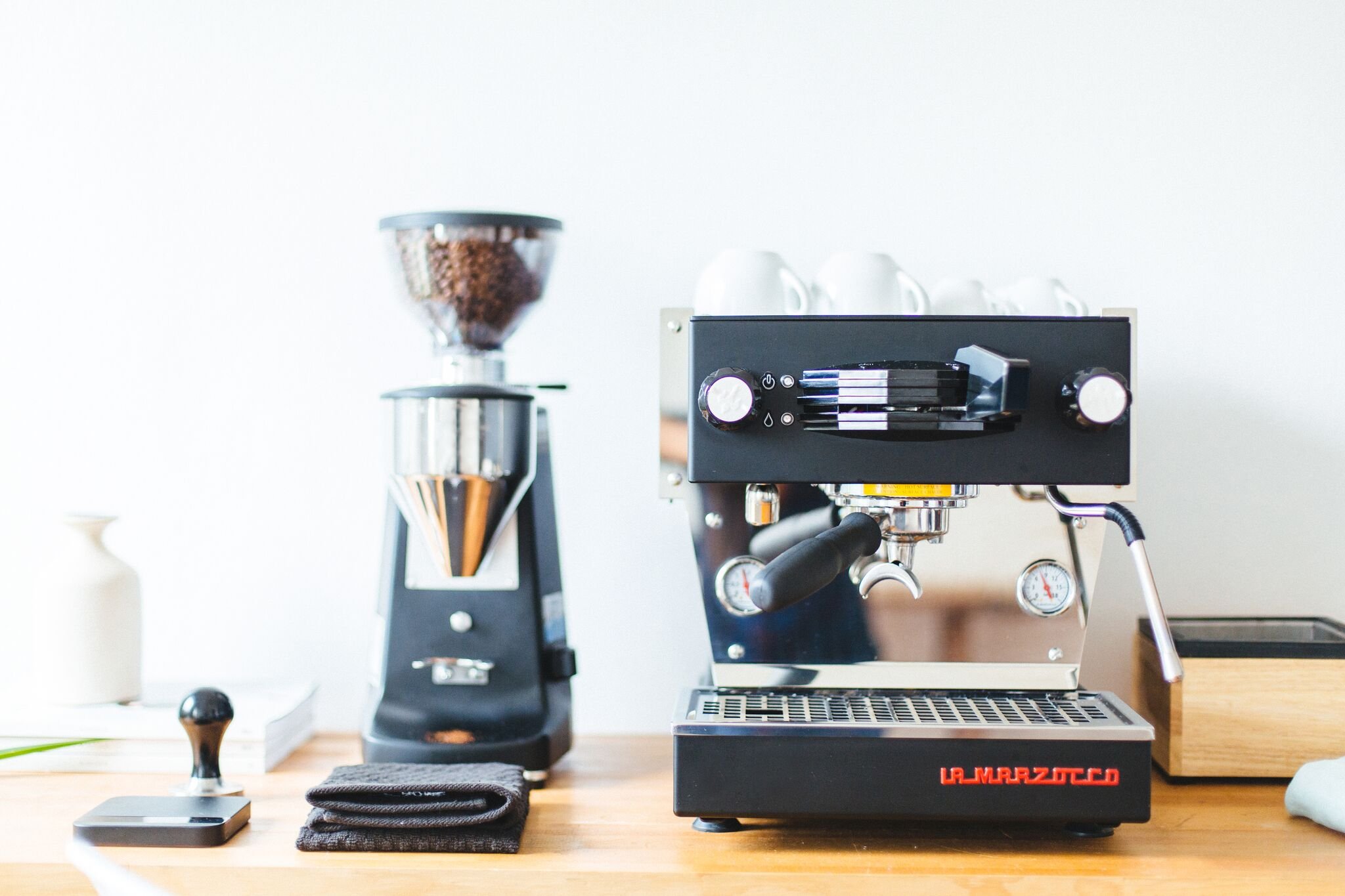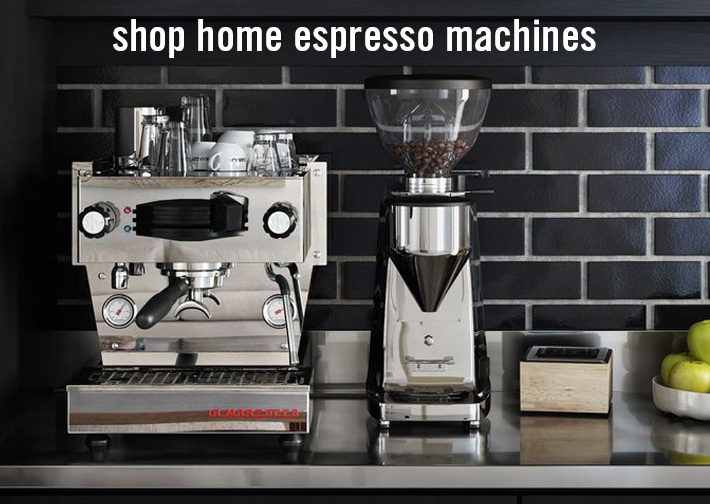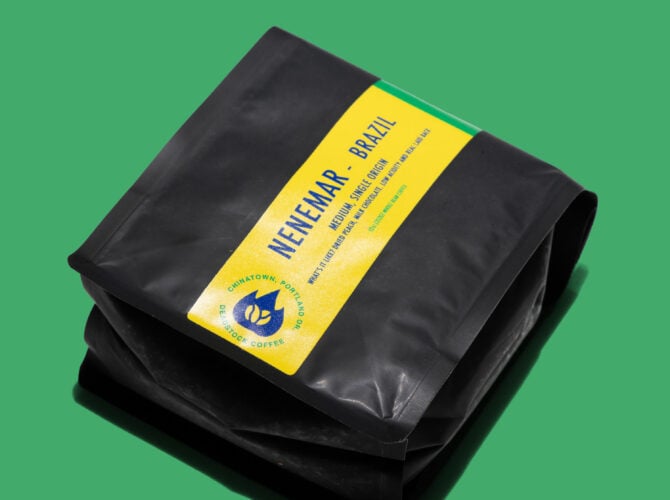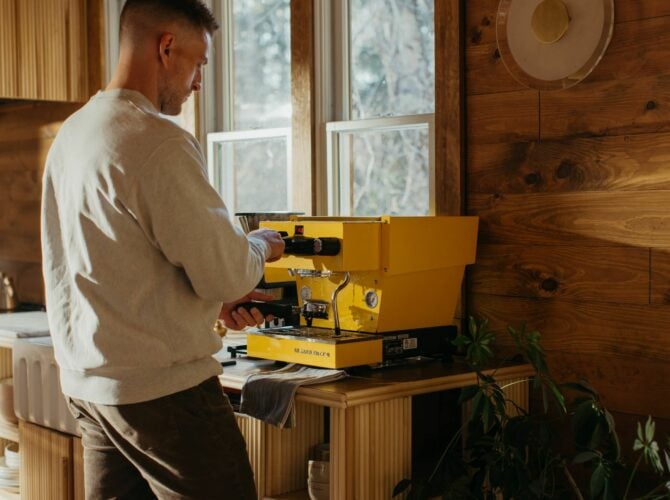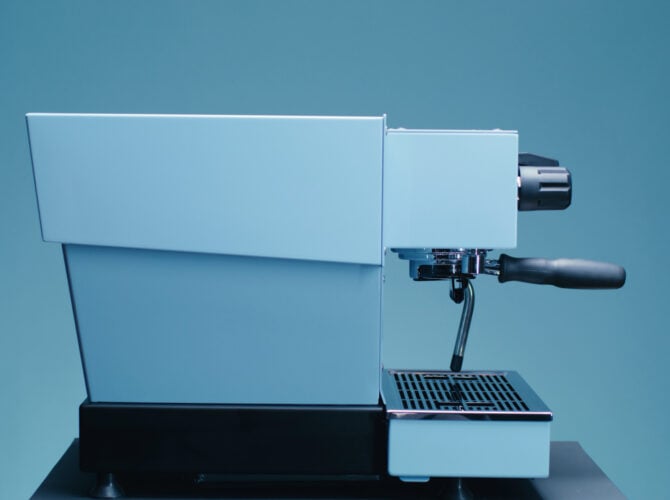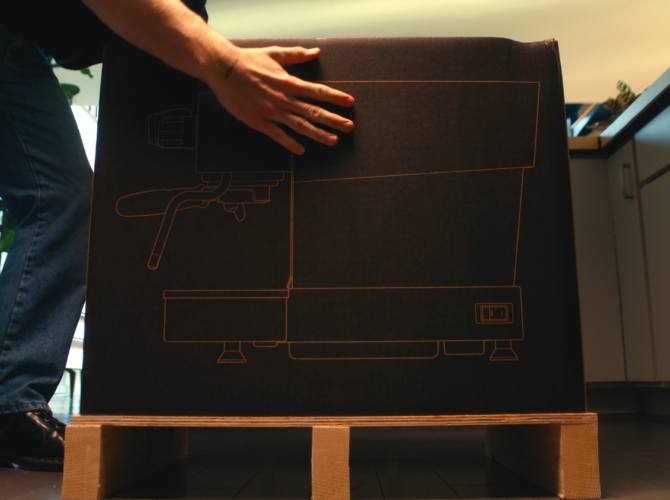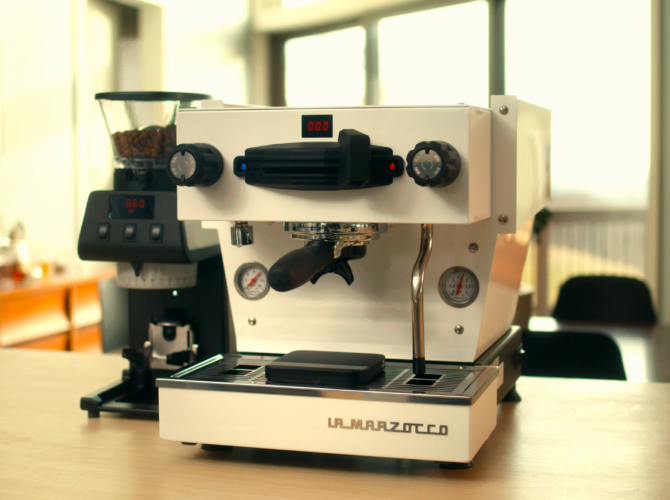Over the last 18 months we’ve heard a lot of different questions about making espresso at home. After answering almost anything and everything, we’ve noticed a few patterns when it comes to home espresso curiosity. Whether you already have a machine, are thinking of one, or know someone who wants one, we thought it would be a good idea to publish those common questions, along with our answers. We hope you find it helpful!
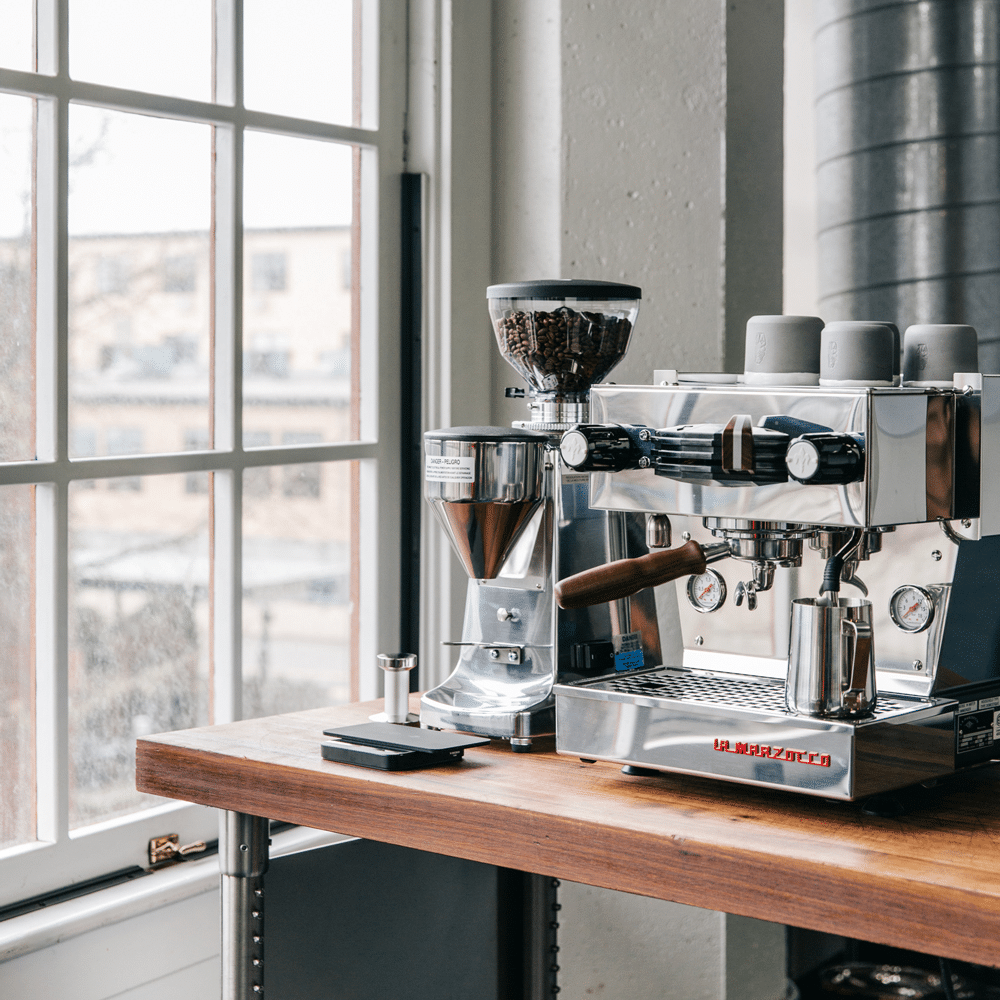
Why should I make my own espresso at home?
We don’t have to tell you this, but there’s an appreciation that comes from creating something with your hands that you can’t fully gain by simply consuming a product. Espresso is as hands-on as it gets, and it becomes more and more enjoyable the more you learn about it. It’s virtually impossible to ever learn everything about espresso, or to completely master the manipulation of extraction. On top of that, every single coffee is different. This places espresso squarely in the “lifelong pursuit” category as something that has infinite enjoyment once you start chasing that perfect shot.
The steps to making espresso are simple once you have a good machine and grinder, but mastering it will take time and practice. If this is appealing to you, then you should consider making espresso at home!
Is it hard to learn to make my own espresso?
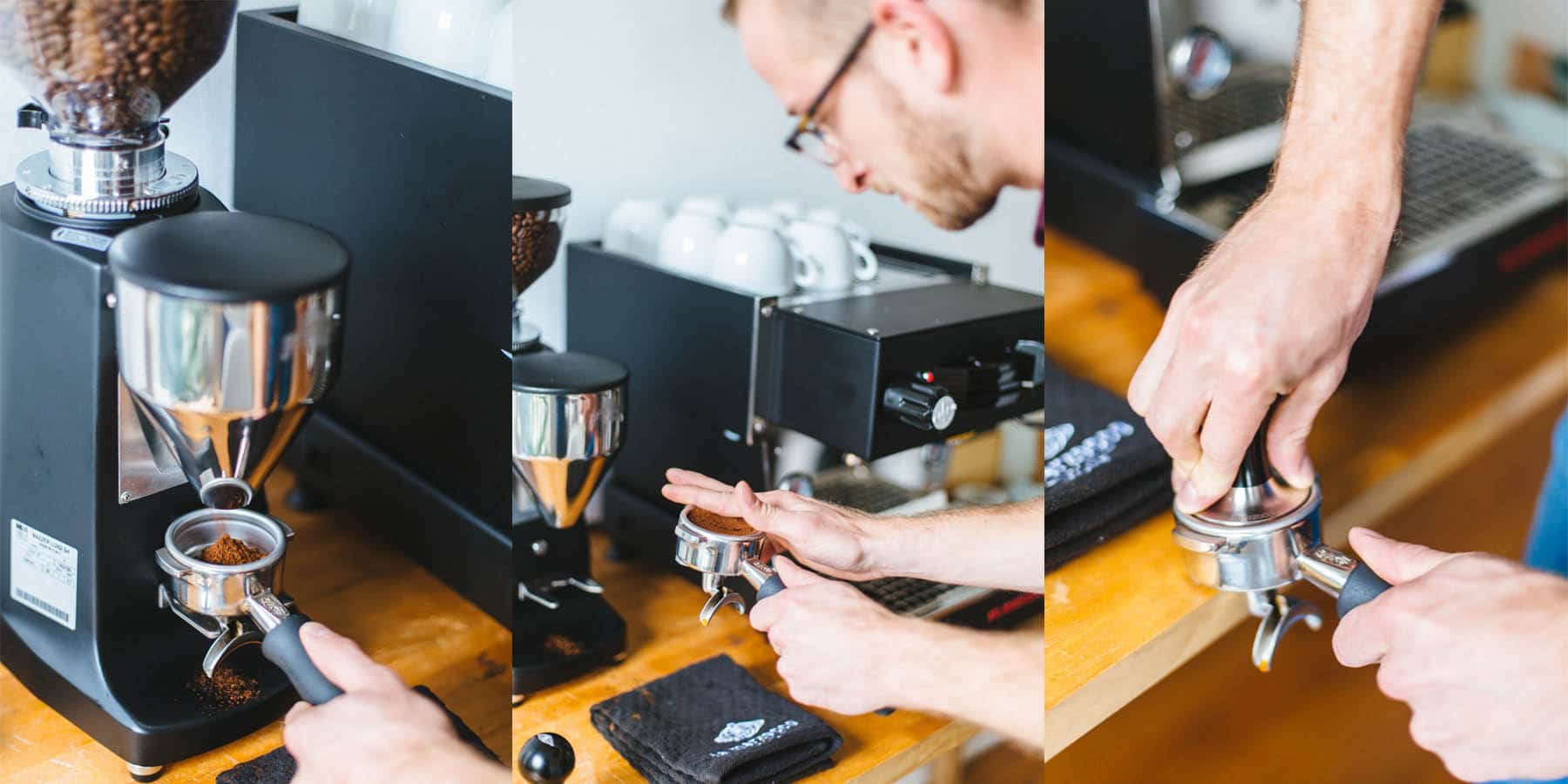
Once you understand the basic theory and go through the steps, making espresso is no more difficult than learning a new cooking technique. The part that is difficult is learning how to use the different variables to manipulate the flavors and body of the espresso. This takes practice and tasting many shots of espresso. It’s a tough job, but somebody’s got to do it.
If you’re in Seattle, be sure to check out our Home Espresso Lab Classes. If you can’t make it to Seattle, check out our free online Espresso Class over on Chefsteps.
What kinds of drinks or other recipes can I make with the Linea Mini & GS3?

Owning an espresso machine at home allows you to make all of your favorite coffee drinks: espresso, macchiato, cappuccino, latte, mocha, Americano, etc. It also opens up the possibility to create all kinds of mixed drinks, cocktails, cold coffee and of course espresso makes a great flavor component when added to many different desserts. Espresso is fantastic on its own, but with a professional machine, its easy to whip up all sorts of classic and experimental drinks for yourself and to serve others.
What comes with our Home Espresso Machines?
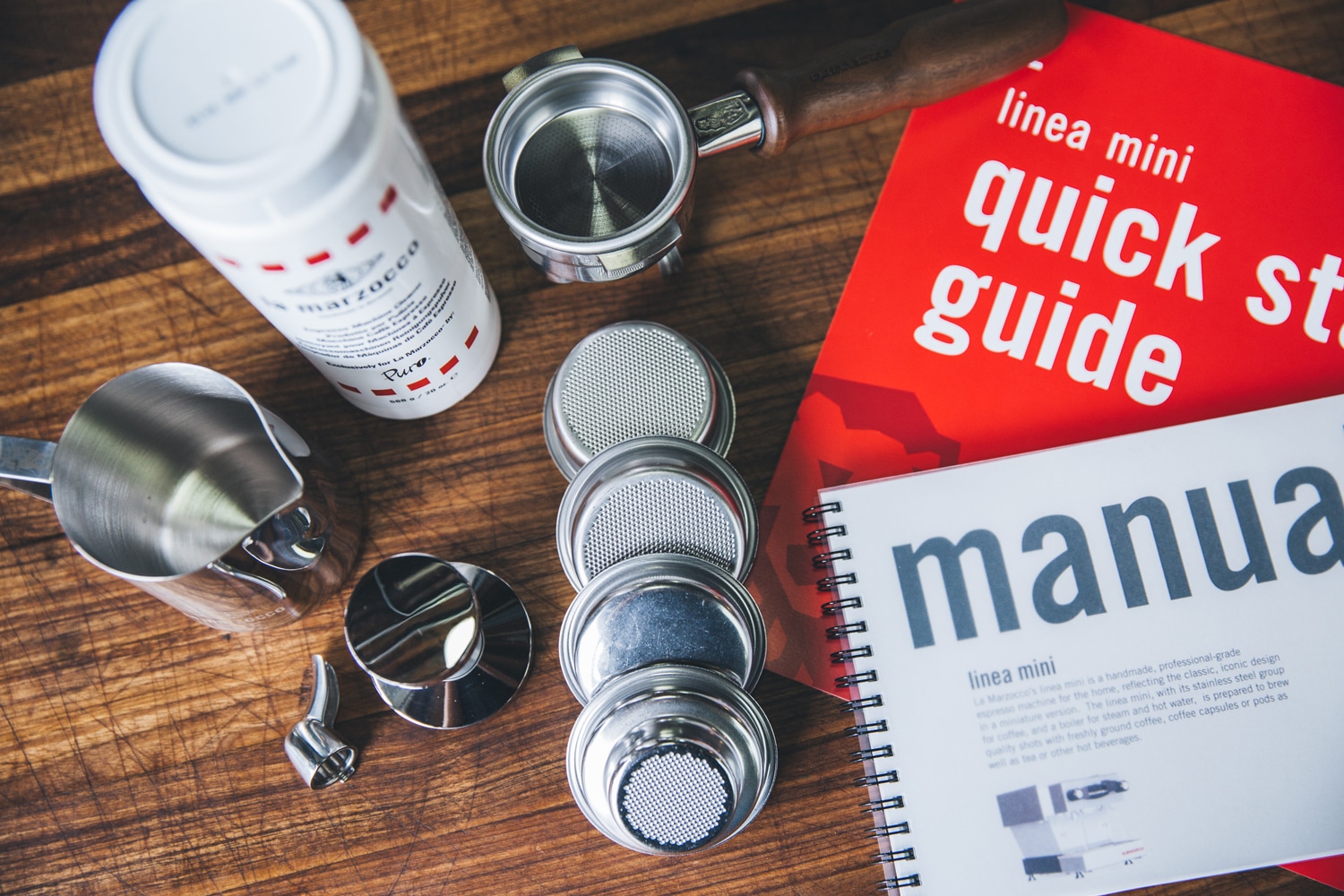
The Linea Mini comes with the following accessories:
Steel tamper, Steam pitcher, Portafilter with double and single spout, Portafilter baskets (7 gr, 14 gr, 17 gr, 21 gr, blind basket), Puro Caf cleaning solution, Quick Start Guide, Water test kits
The GS3 comes with the following accessories:
Two Portafilters: Single spout and Double spout, Portafilter baskets (7 gr, 14 gr, 17 gr, 21 gr, blind basket), Puro Caf cleaning solution, manual, water test kits, plumb-in kit
What coffee do you recommend I use with my machine?
Start with whole bean coffee roasted fresh from your favorite roaster. It’s helpful to use a coffee that you have had prepared for you on multiple occasions—having some understanding of what it should taste like can be very beneficial. This will give you a head start in connecting the decisions you are making with your variables and how they affect the taste and feel of the espresso. Normally it is helpful to start with a coffee roasted and blended for espresso. They tend to be more forgiving than single origin coffees roasted for filter style coffee. The more you learn, the easier it becomes to begin exploring all kinds of coffees.
What kind of space, power and water do I need?
The Linea Mini is 15 inches tall, 14 inches wide and 21 inches deep and weighs 71 pounds. The GS3 sits 14 inches tall, 16 inches wide, 21 inches deep, and weighs 72 pounds. As far as grinders go, the Lux D grinder is 18.1 inches tall, 7 inches wide and 10 inches deep.
Ideally the perfect space for making coffee is about 30 inches wide and 21 inches deep.
Power: The Linea Mini, GS3, and Lux D grinder all run off normal 120 volt 15 amp outlets. You can plug them in to the same outlet with no problems.

Water: You should be using water that follows the La Marzocco specifications in order to keep your machine running properly. The Linea Mini ships with two water test kits so that you can make sure your water is within spec. If it isn’t you can always use Crytal Geyser or Poland Spring water to fill your reservoir. It is also possible to plumb in your Linea Mini with an add-on plumb in kit that is available from the La Marzocco Home website.
If you’d like to learn a little more about Water, we put together this handy blog post that talks about all things water.
What kind of maintenance do I need to do on my machine?
A healthy machine starts with good water. As long as you’re using proper water in your machine, you shouldn’t need to do any major maintenance. You will want to backflush your machine at least once a week to keep coffee oils and grinds from building up in the grouphead and screen. This can lead to stale tasting coffee and eventually a clogged up water pathway. The backflushing process can be accomplished easily and if you can stay committed to regular cleaning you will enjoy perfectly sweet and clean espresso for years to come.
If you have any questions about our machines, feel free to reach out at [email protected]. If you’re in Seattle, drop by our Home Espresso Lab for a hands-on demo of our machines, or be on the lookout for classes in a city near you.
